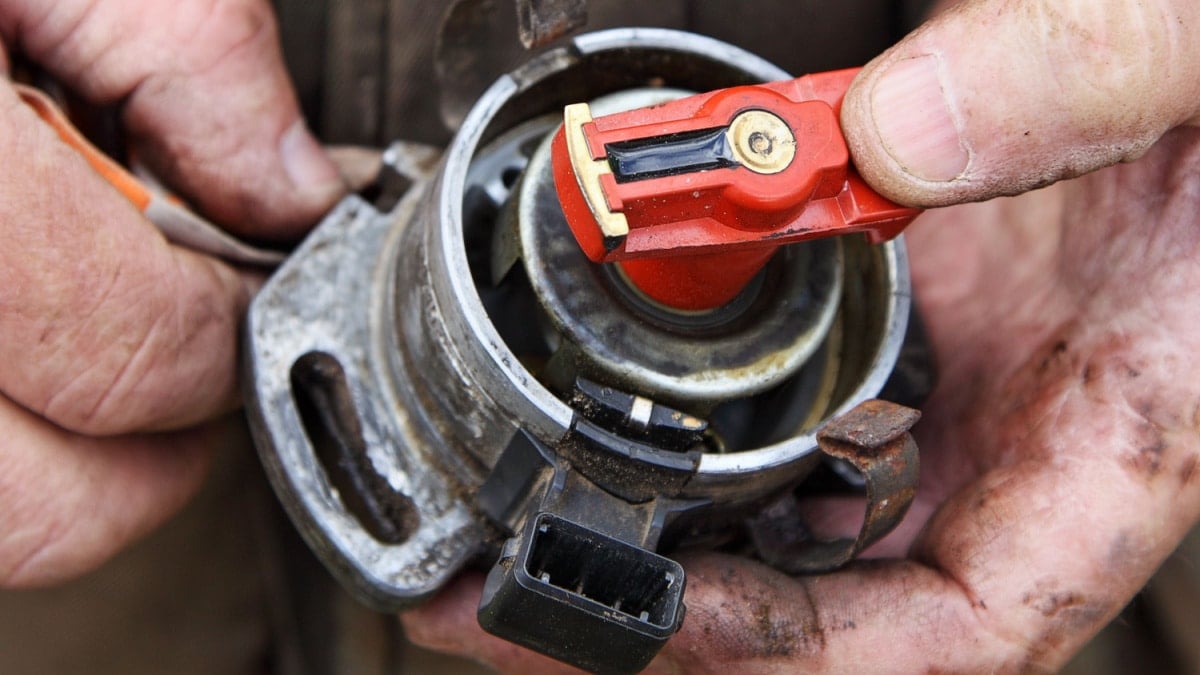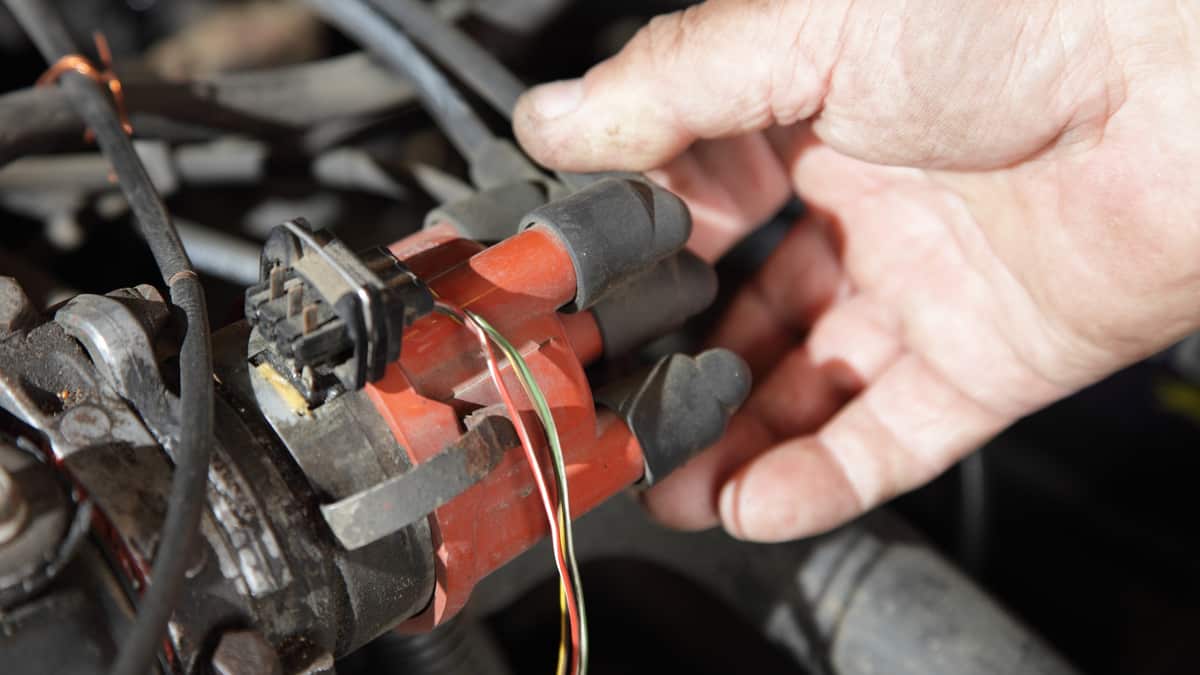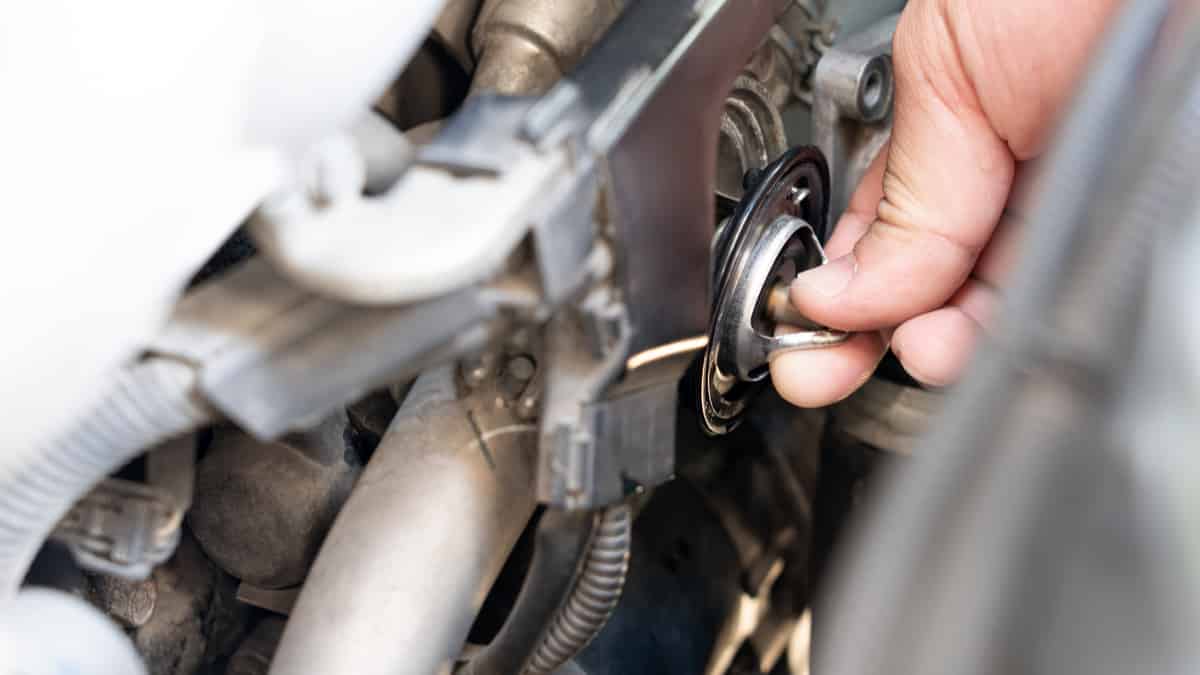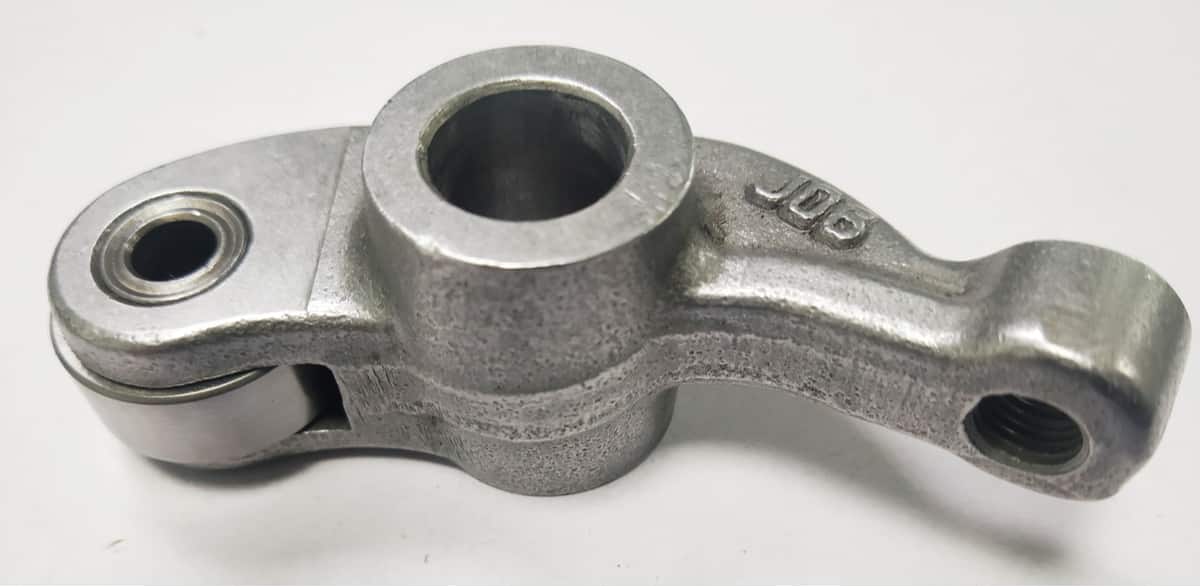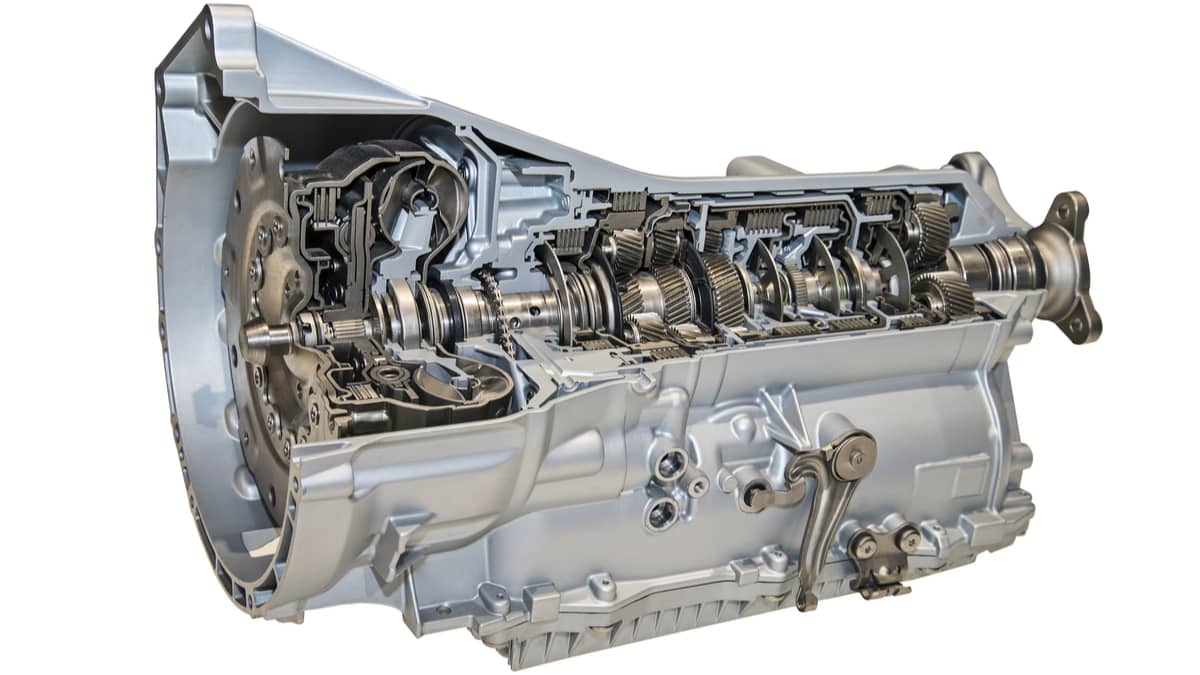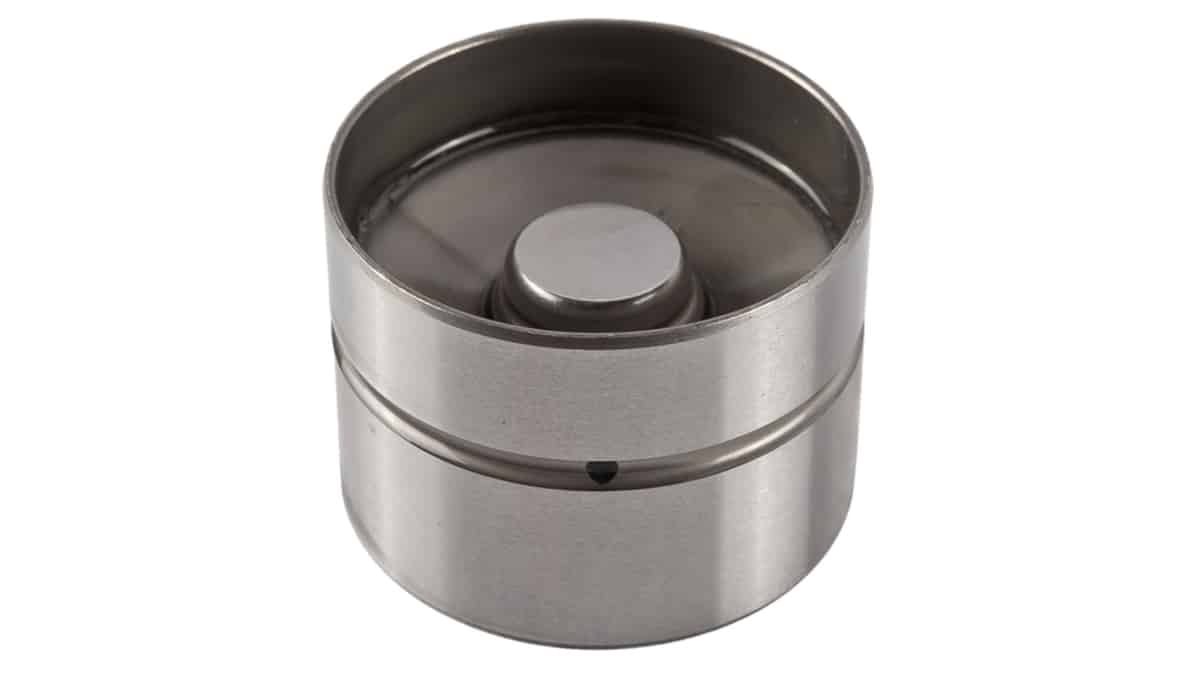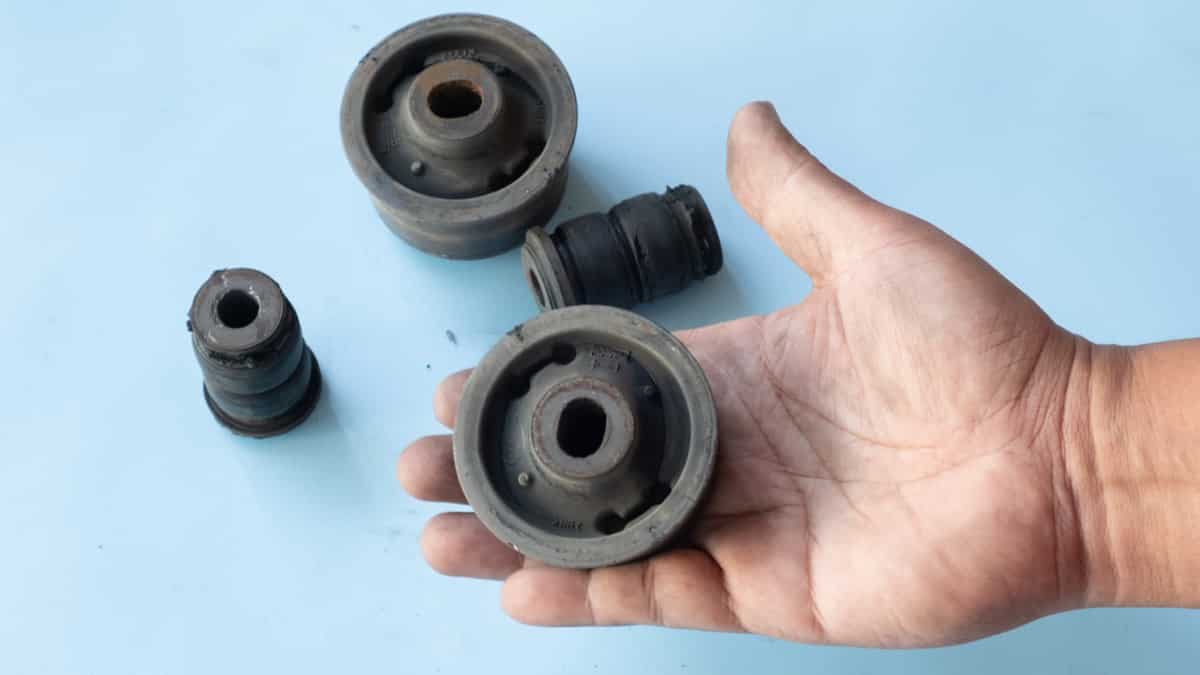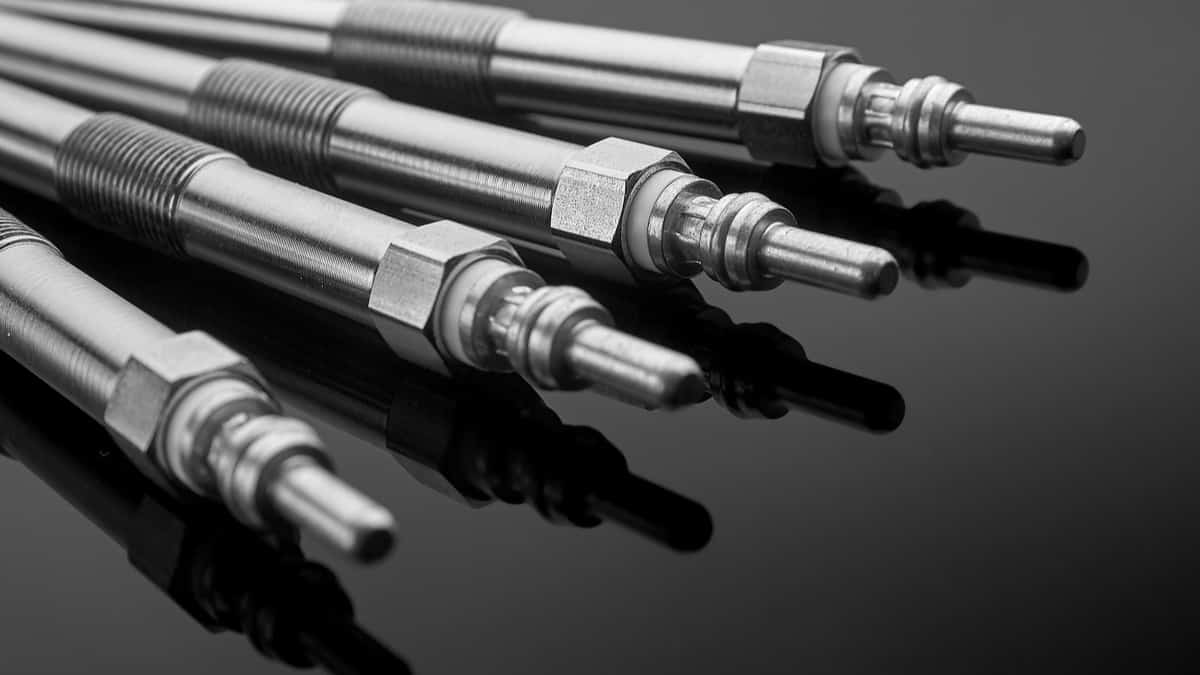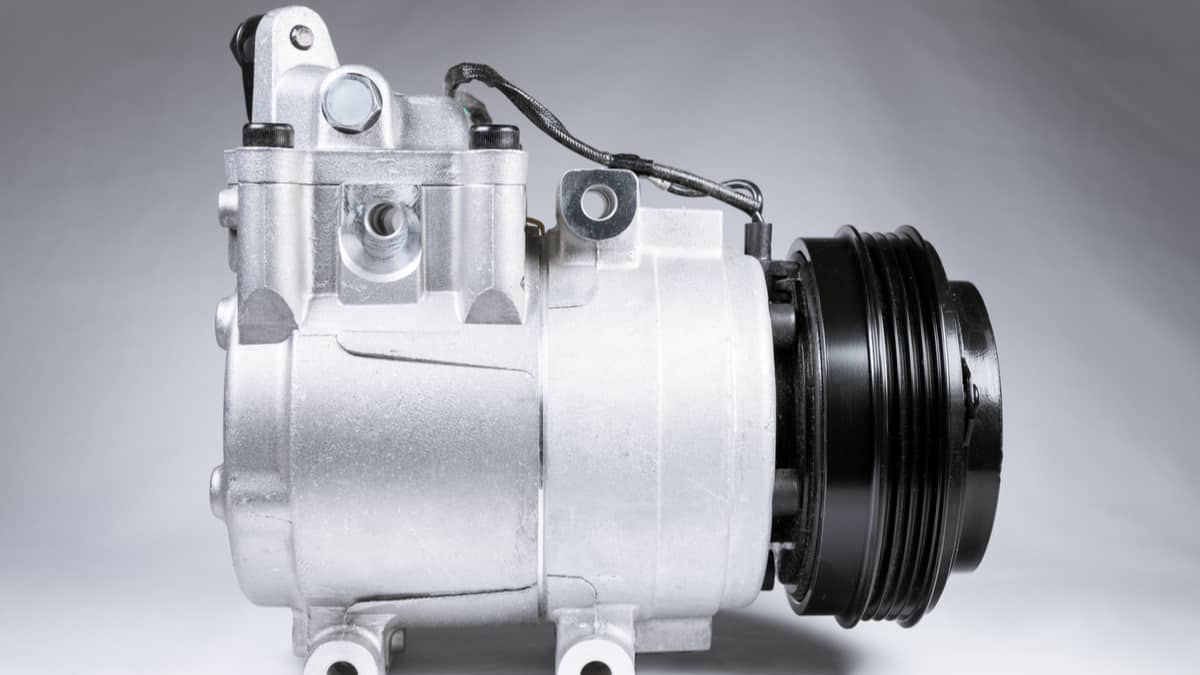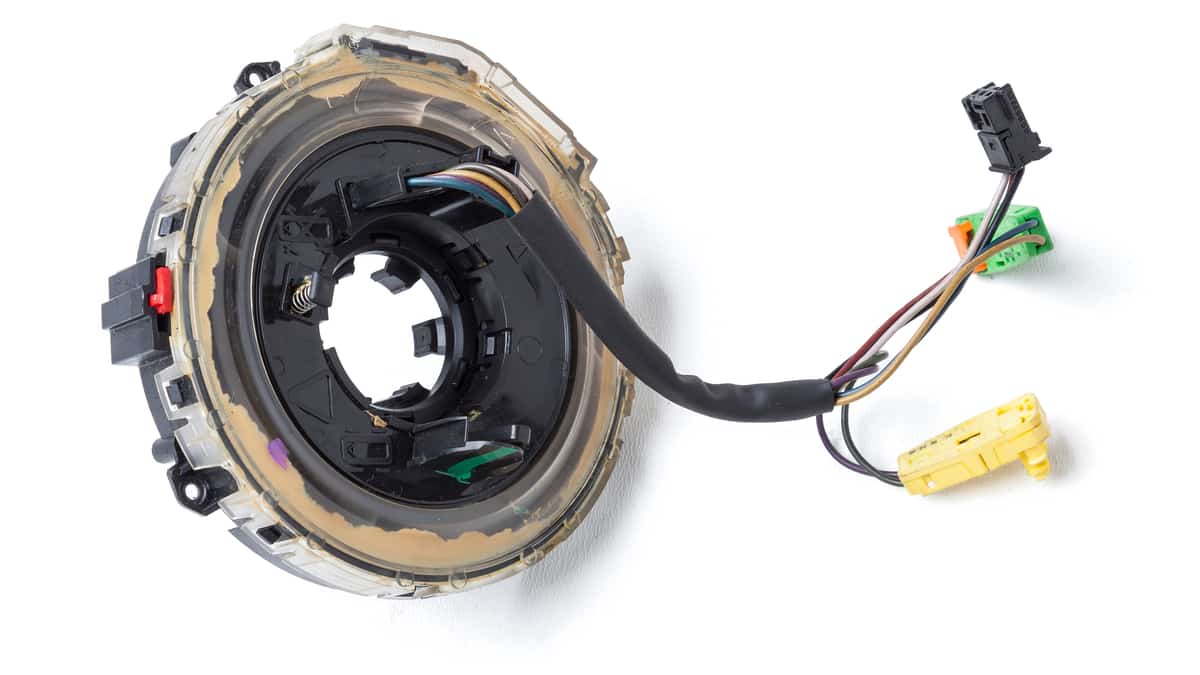If you’ve only been working on cars for the last few years, you may never have come across one with a distributor. That’s because this part doesn’t get installed on newer cars but is still prevalent on many older models. When this part fails, it can cause a lot of trouble, so it’s important to know the symptoms of a bad distributor.
We cover the bad distributor symptoms and discuss where it’s located. We also look at the function of the distributor and show you how to test it. At the end of our article, you will find the approximate replacement cost for a distributor and get answers to your top questions.
Symptoms Of A Bad Distributor
When the distributor starts going bad, the engine may misfire or backfire. You may also get a Check Engine Light on the dashboard or deal with a shaking engine. The idle can be rough, acceleration more difficult and the car may fail an emissions test.
Take a look at the symptoms closer to see which ones you are dealing with. Many of these occur whenever there’s something wrong with the ignition system, so more diagnosis may be necessary.
1. Misfiring Engine
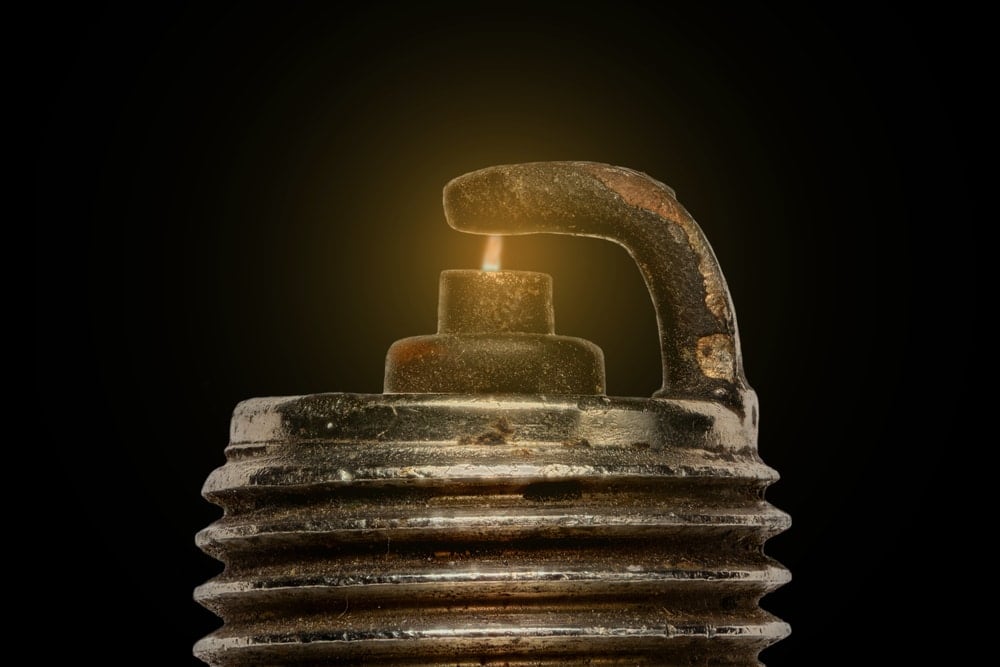
When fuel isn’t combusting in one of the cylinders, the engine is going to misfire. A misfiring engine feels as if the car is jerking and failing to respond.
A misfiring engine isn’t just caused by a bad distributor. It’s also a common symptom when there’s a spark plug issue, a bad fuel injector or a faulty ignition coil (on newer models).
2. Backfiring Engine
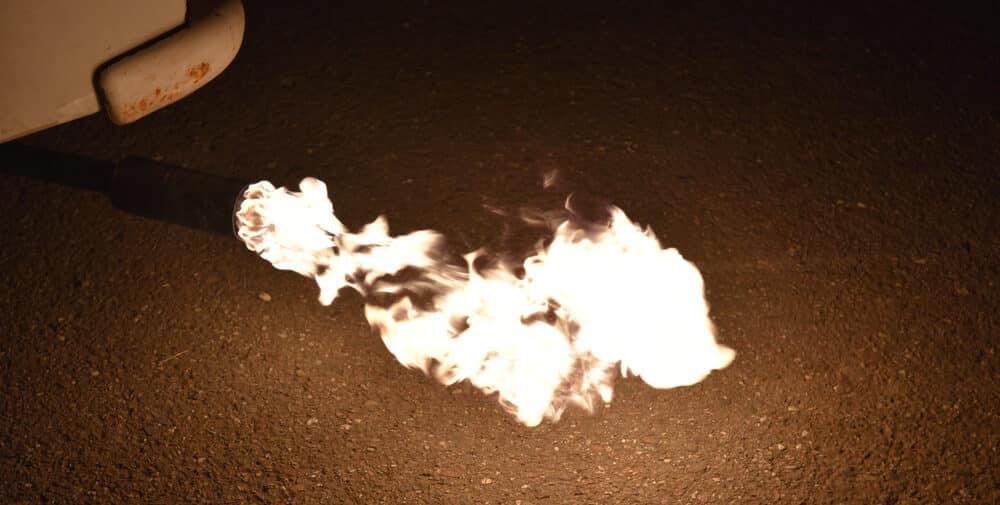
Backfiring is very similar to misfiring. It occurs when unburned fuel leaves the cylinder and ignites in the exhaust as it exits the system.
Backfiring creates a loud sound that draws a lot of attention to your vehicle. It can also cause the car to stall.
3. Check Engine Light

If the distributor isn’t running the firing cycle correctly, the Check Engine Light will come on. This message tells you that something is wrong, requiring your attention.
However, the Check Engine Light doesn’t only indicate something wrong with the distributor. Unless you read the trouble codes with a compatible scanner, you won’t know what’s going on.
Keep in mind that OBD-II was only required on vehicles 1996 or newer. If you have an older vehicle, which is very possible, the same procedures will not apply.
Also, the systems have become more functional as the cars have gotten newer. Even if it is equipped with OBD-II, you may not learn as much as you hoped for on an older car. If you need help deciphering the results of your scan, check out our online trouble code library.
4. Shaking Engine
When the car starts shaking, you may think there’s something wrong with the wheels or suspension. However, when the engine shakes, you are dealing with something more serious.
If the distributor goes bad, the engine is prone to shaking and vibrating. Because the distributor affects firing order, any imbalance can throw off the normal operation. The shaking may not be to the same extent as when the tires are worn, but it could be enough to catch your attention.
5. Rough Idle

With the firing of the cylinders off-track, the engine is going to run rough. You may notice it more when the engine is idling.
In fact, the idle can become so bad that you think the motor might stall. If it does, you may also have trouble getting the car started again. Some people think it helps to keep the RPMs up while idling. To do this, you need to put a foot on the gas pedal and another on the brake while idling. Still, this isn’t recommended due to safety reasons.
6. Rough Acceleration
It’s important for the firing to be just right if you want the engine to respond when you push down on the accelerator. If you put your foot down and nothing seems to happen right away or if the engine sputters slightly before accelerating, it could be because of the distributor.
Of course, this symptom occurs with many other problems. For that reason, it’s important to run through a complete diagnosis before deciding that the distributor is to blame.
7. Failed Emission Test
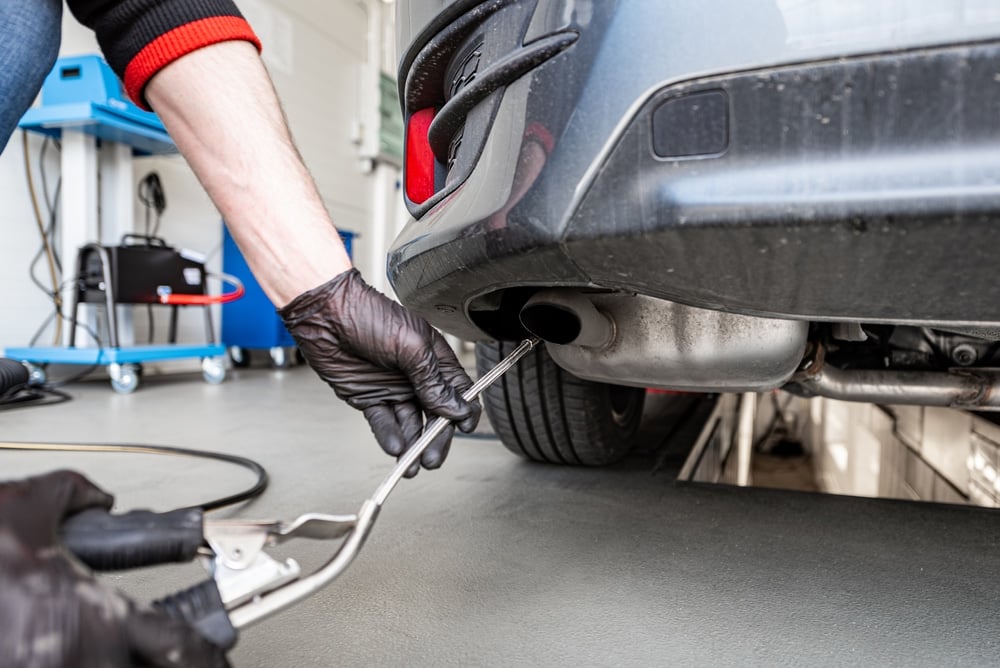
If you live in an area that requires emission testing, you may not recognize the problem until the car fails. The distributor is responsible for firing the cylinders in order. Without the right order, unburned fuel is going to leave the engine through the exhaust.
If your car fails the test, don’t just assume the distributor is the cause. There are many other reasons for failing, so you want to troubleshoot the problem.
What Is The Function Of A Distributor?
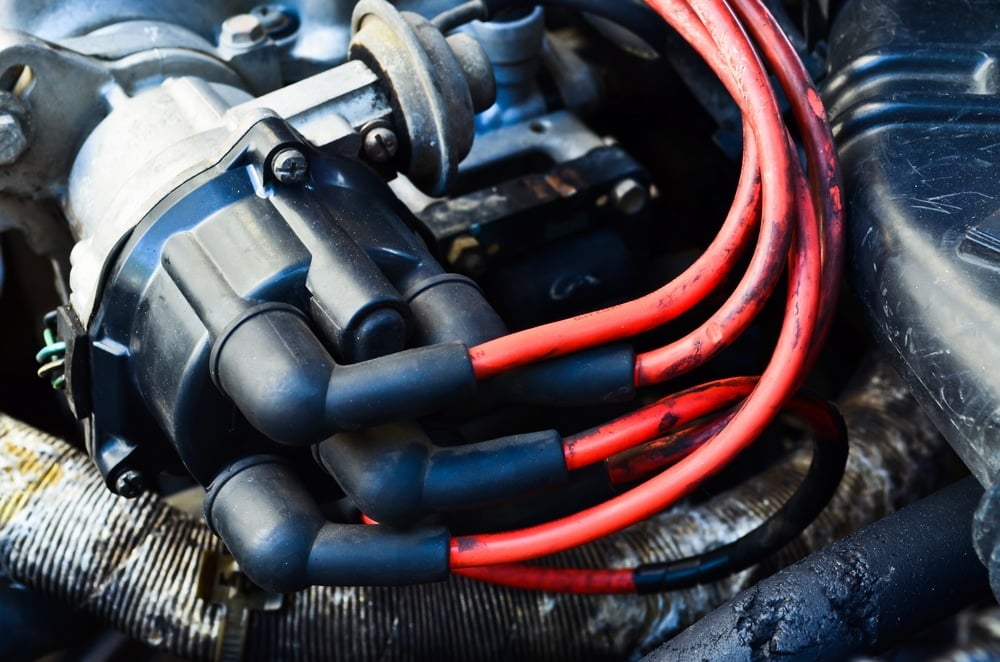
The distributor is an integral part of the ignition system. Basically, it distributes the spark to each of the plugs. Voltage comes from the ignition coil and goes through the distributor cap with the help of the spark plug wire.
From here, the voltage goes through the center terminal into the rotor, which is located within the distributor. The rotors turns, sending voltage to the outer terminals in the right order. As the voltage goes through the outer terminals, each of the spark plugs gets the power it needs.
The spark plugs fire in an appropriate order, igniting the air-fuel mixture in the cylinders. Some distributors also have the job of running the engine oil pump, although this isn’t typical across the board.
Where is the Distributor Located?

The distributor is found under the hood of your car on the motor. As you search under the hood, you are looking for the distributor cap. It’s a plastic piece that’s colored red, gray or black.
It resembles a crown. It’s connected with blue or black cables that come out of the top. These are the spark plug wires, which are transferring power to the plugs.
If you are unable to locate the distributor, follow the spark plug wires to see where they attach to. The wires connect on one side to the spark plugs and the other side to the distributor cap. There may also be directions in your owner’s manual or you can look at a diagram in your factory service manual.
If you find the distributor cap in bad shape once you locate it, you should replace it. The cap should never be cracked or worn.
How Much Does it Cost to Replace a Distributor?
The average cost to have a distributor replaced is $350 to $850. The main price factor is what type of car you drive. Older models tend to be even more expensive, especially if the parts are difficult to find.
If you can perform the work yourself, the price will be lower because you won’t need to pay for the labor costs. However, you don’t want to replace a distributor unless you know what you are doing.
Distributor Testing
If you want to test the distributor yourself, the steps aren’t difficult. You don’t need to be an ASE Certified Mechanic to work on the distributor. However, you do want to have some basic mechanical knowledge and some common tools on hand.
Follow any recommendations in your service manual. Beyond that, you can use our steps.
- Locate the distributor in the engine compartment. You can find some suggestions up above.
- Inspect the distributor cap for damage. If there are any cracks, corrosion or damage, it’s important to replace it.
- Pull the spark plugs wires off of the distributor. Before you do this, take a picture or make a note of where they go. They must be reinstalled back in the same position.
- Put the tip of a screwdriver close enough to the distributor to create an arc with the engine running. Don’t touch the wires directly. This helps you diagnose any faulty connections with the distributor.
You can also use a multimeter to run some checks. Here are a few suggestions.
- Connect the multimeter to the positive and negative coil terminals.
- Set it to Ohms.
- The resistance of the connections from the distributor cap should be between 600 and 1400 Ohms. If so, the coil is working normally.
- Connect the multimeter to the terminals on the igniter. Read the Ohms and compare them with factory specs.
- Connect the multimeter to the terminals of the pickup coil. Read the Ohms and compare them with factory specs.
If you’ve tried to figure out what’s wrong and can’t or you are unsure about performing the repair yourself, reach out to a local mechanic. It’s better to pay for a professional repair than to cause more damage because of inexperience.
Can a car run without a distributor?
If the vehicle is set up with a distributor, it must be in good working order for the car to run. Without it, the engine can’t get the spark it needs to ignite the air-fuel mixture in the cylinders. In cases where the distributor is going bad, the engine will crank, but it will be unable to start or run correctly.
How often does a distributor need to be replaced?
The distributor itself should last the lifetime of the vehicle. However, most manufacturers recommend replacing the distributor cap, rotor and spark plugs on a regular basis. Some automakers have these maintenance services set up for as little as every 30,000 miles, although they should last longer.
How many hours does it take to replace a distributor?
If you are only replacing the cap and rotor, you may be able to complete the job in a couple of hours. Replacing the distributor can be slightly more complicated, requiring a half of a day or more. Having some expertise and the right tools can dramatically cut down on the installation time.
Can you fix a broken distributor?
If the damage isn’t too severe, the distributor can be rebuilt. You can price out the difference between buying a new distributor and having one rebuilt. Most drivers find that it makes sense to spend a little more and get a brand-new distributor just for peace of mind.
While broken distributors are slowly becoming a thing of the past, there’s still a chance you have a car with one. If so, it’s important to know the symptoms of failure and have the tips to diagnose problems. Even though the procedures can be intimidating, there’s no reason to doubt your abilities.
If your car isn’t running right and the distributor is to blame, you don’t want to waste any time. The vehicle could stall and fail to restart at any moment. Get the car looked at and have it fixed to ensure reliable transportation once again.
Categories: Engine
